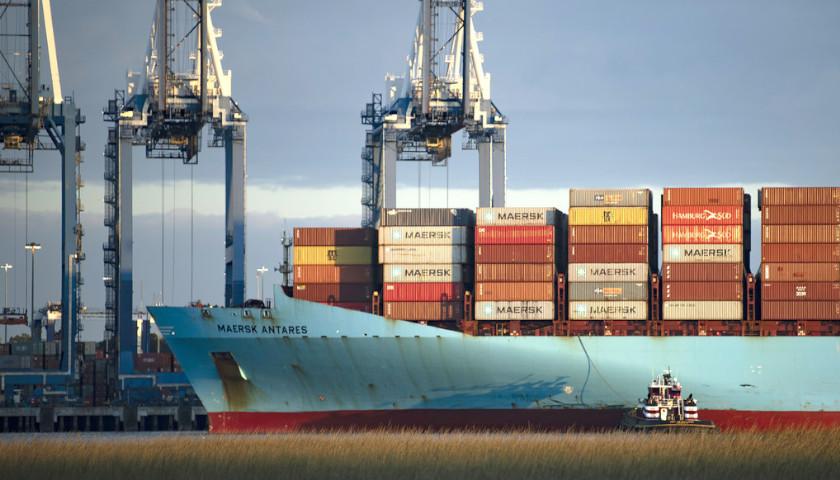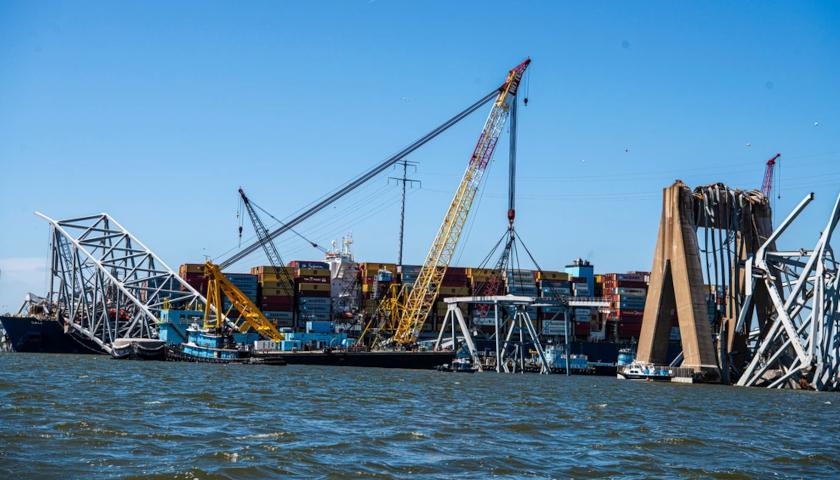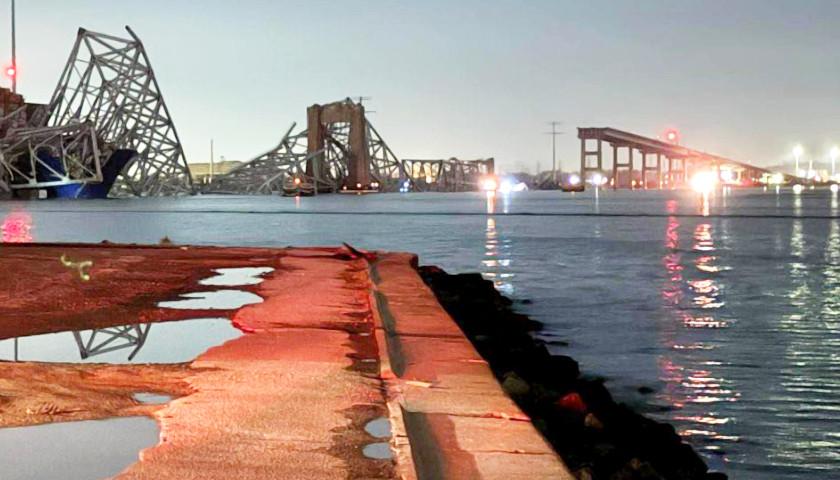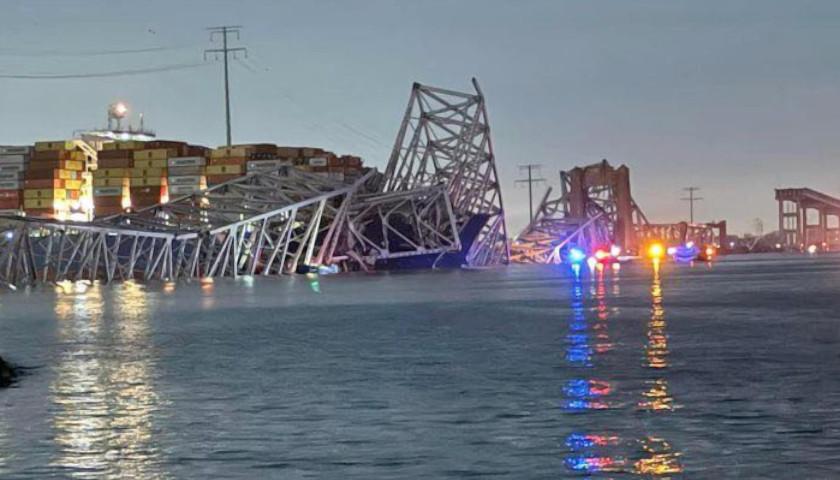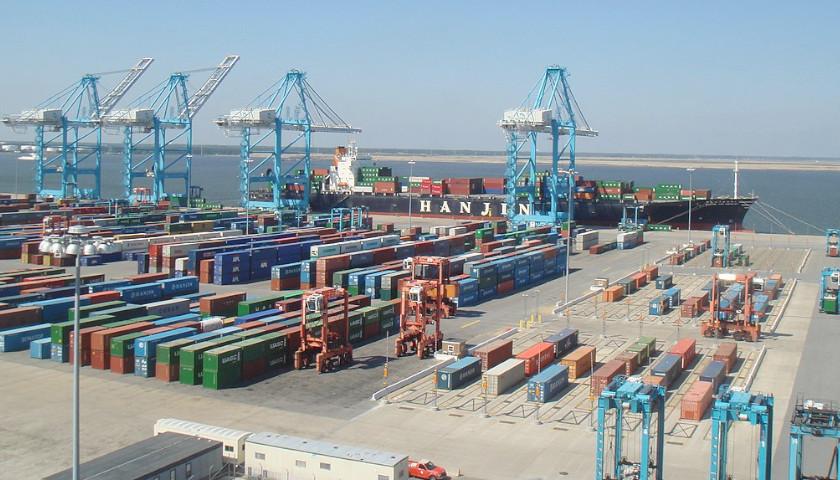by T.A. DeFeo
While the discussion continues following the collapse of Baltimore’s Francis Scott Key Bridge, several opportunities to improve operations and processes have emerged.
Officials at Georgia’s and South Carolina’s ports have vowed to help however they can.
Anna Redmond, the founder of Braav, a physical security consultancy, said the “most reassuring thing” organizations can do following such an incident is to “provide clear messaging about process improvements.”
“Shippers want to see that: One, the collapse was an unfortunate accident, not the result of bad policy or negligence and two, the port has learned from this to build in even more precautions,” Redmond told The Center Square via email. “There is a range of what can be done here.
“On one hand, they can lean into early detection systems employing AI,” Redmond added. “These could have alarmed authorities that a crash was imminent even if the captain was not quick-thinking enough to make a call. Process improvement is another possibility.
“Although tugboat escorts are a complex and added cost, perhaps these need to be mandated for ships of a certain size. The good news here for the port is we are not seeing any findings of clear fault or negligence, which means there is no substantial break of trust that has to be re-earned.”
Benjamin Dierker, executive director at the Alliance for Innovation and Infrastructure, said South Carolina Ports just announced an expansion into the former WestRock paper mill waterfront site. That upgrade will likely increase capacity and shipping traffic under Charleston’s Don Holt bridge.
“One item that comes to mind is resilience upgrades that can be undertaken,” Dierker told The Center Square via email. “It is much easier to do these types of activities when building new infrastructure, but they can be done with existing bridges as well. The Arthur Ravenel Jr. Bridge [in Charleston] is a great example of a resilient design because it features large stone bulwarks at the column foundations. These would absorb [an] impact from a similar event to the Key Bridge.
“Seemingly separate and unrelated, another issue to explore may be marine surveying and dredging to ensure the waterways are safe and clear for large ships,” Dierker added. “If shippers are concerned about navigating safely around bridges, making sure they have subsurface clearance is important for their maneuverability. That issue then calls to mind a secondary concern, which is ensuring pipelines and subsurface infrastructure is identified before any dredging takes place.
“The use of marine locates — a subset of the 811 ‘before you dig’ system — are essential to public safety and avoiding pipeline incidents.”
From a dredging perspective, dredgers work with state and federal officials to reuse excavated materials to restore local habitats.
“The ports and terminals in South Carolina and Georgia are world-class,” William P. Doyle, president of the Dredging Contractors of America, told The Center Square via email. “The U.S. dredging industry is constantly working with the Army Corps of Engineers and Georgia and South Carolina state-level agencies to find ways to reuse the excavated dredged material for coastal restoration, habitat creation and storm surge protection.”
– – –
T.A. DeFeo is a contributor to The Center Square.

